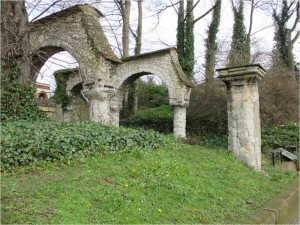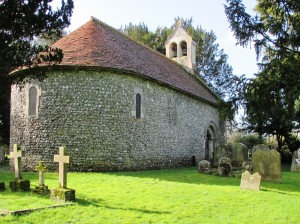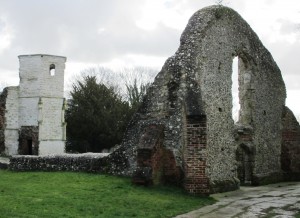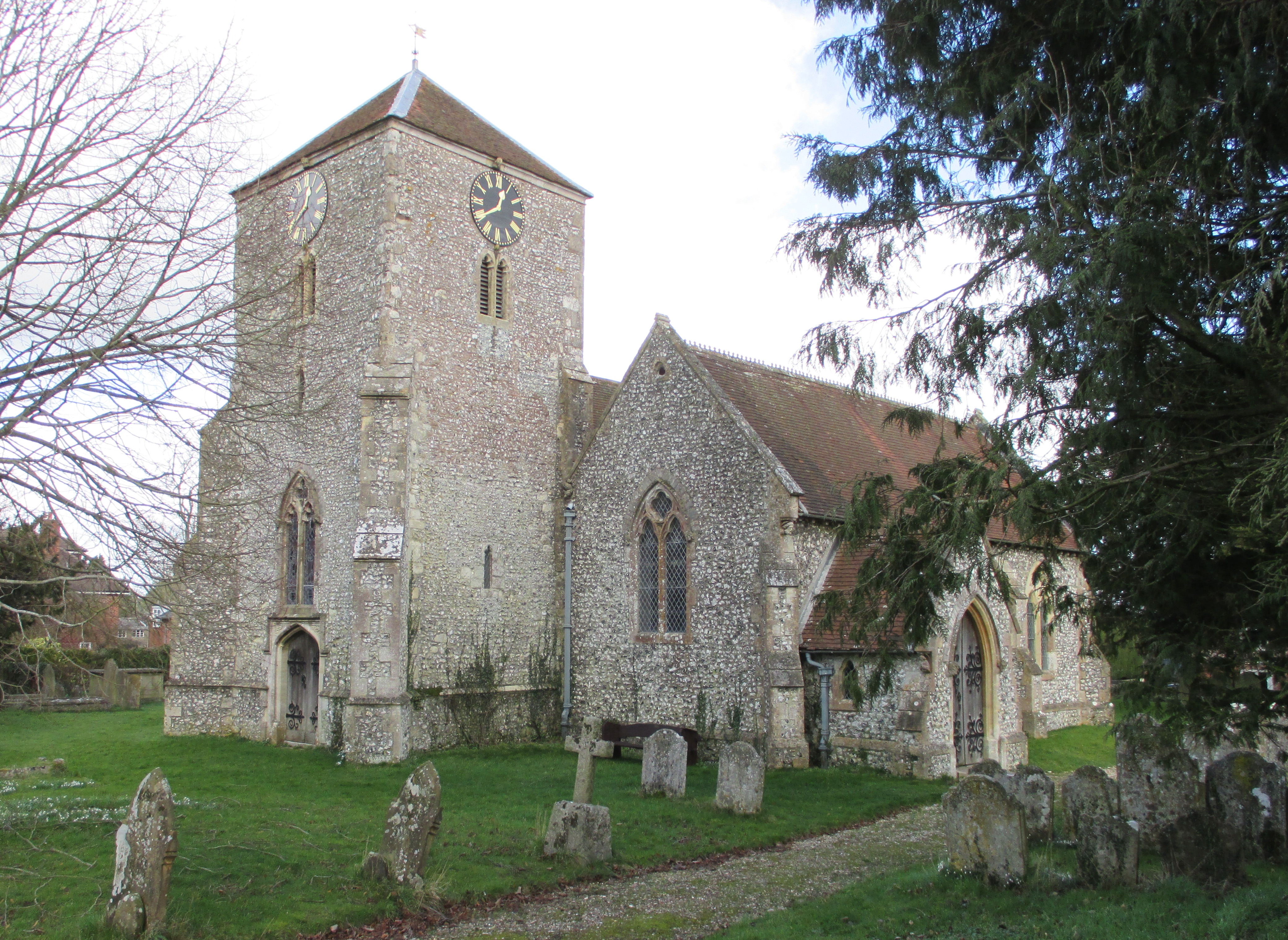Hospital of St. John, the ruins of which can be seen in London Road. In 1579 he became a student at Magdalen Hall, Oxford where he took a degree in arts in 1587. After this he was a bible clerk at Magdalen College. Here he wrote his first book “The Logic of Ramus”. The book expounded the theories of the then controversial Pierre de la Ramé whose thoughts were at odds with the conventionally held views of Aristotle, and for this Butler was known as the “English Ramus”. In 1593 he was appointed rector of Nately Scures, Hampshire, and in 1595
became Master of the Holy Ghost School in Basingstoke, with a stipend of £12 a year. In 1600 he resigned his rectory and schoolmastership to become vicar of Wootton St Lawrence, Hampshire, (which Anthony à Wood an English antiquary described as “a poor preferment, God wot, for so worthy a scholar”). In 1609 Butler published the first ever comprehensive book on beekeeping “The Feminine Monarchie”. The title itself is interesting, as the conventional view held for many centuries, was that the
honey bee colony was headed by a king bee, not a queen. The book was used by beekeepers for generations: Butler published revised editions in 1623 and 1634, and it was translated into Latin 1678 after his death. It is due to the significance of this book that Butler is known as known as “the Father of English Beekeeping”. However, his interests were not confined to beekeeping and logic. In 1625 he published a theological work “The Marriage of Cousins” which bought praise from Dr Prideaux, Vice-chancellor of Oxford University, and in 1633 he published “The English Grammar”, written in a new phonetic alphabet he had invented for the English language. Dr. Johnson wrote of Butler in the preface to his Dictionary as “a man who did not want an understanding which might have qualified him for better employment.”
The 1634 edition of “The Feminine Monarchie” was published using the new phonetic alphabet.
Butler was also an accomplished musicologist. In 1636 he published “The Principles of Music”, dedicated to King Charles I. It was highly regarded by the music historian, Dr. Charles Burney.
Butler remained vicar of Wootton St Lawrence until his death in 1647. He had three sons and two daughters, one of whom died aged nine months, but the other daughter, Elizabeth married the Reverend Richard White, with a dowry of £400, the profits from honey and wax from Butler’s bees.
Of Butler’s life as a clergyman little is known, apart from a quote fromThomas Fuller that he was “a pious man, a painful preacher and a solid divine”.
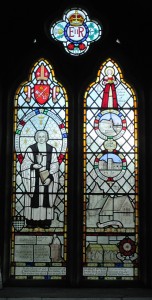 In 1952 the Charles Butler Memorial Fund was opened to provide a stained glass window to commemorate Butler and this was installed in the north aisle of Wootton St. Lawrence Church. At the dedication service on 14th November 1954, a choir from Worcester and Somerville Colleges performed Butler’s own composition of bee-music “The Melissomelos”, a four part madrigal which can be found in the third edition of “The Feminine Monarchie”. In the left pane of the window a figure of Butler in priestly robes is shown under the Latin inscription “Solertia et labore”, (wit and industry) a term he used to describe the bees, and which aptly sums up his own life. More recently, another Hampshire clergyman, the Rev John Owen has transcribed “The Feminine Monarchy” into modern-day English, making it much more readable to today’s beekeeper. It is published by Northern Bee Books. https://www.northernbeebooks.co.uk/
In 1952 the Charles Butler Memorial Fund was opened to provide a stained glass window to commemorate Butler and this was installed in the north aisle of Wootton St. Lawrence Church. At the dedication service on 14th November 1954, a choir from Worcester and Somerville Colleges performed Butler’s own composition of bee-music “The Melissomelos”, a four part madrigal which can be found in the third edition of “The Feminine Monarchie”. In the left pane of the window a figure of Butler in priestly robes is shown under the Latin inscription “Solertia et labore”, (wit and industry) a term he used to describe the bees, and which aptly sums up his own life. More recently, another Hampshire clergyman, the Rev John Owen has transcribed “The Feminine Monarchy” into modern-day English, making it much more readable to today’s beekeeper. It is published by Northern Bee Books. https://www.northernbeebooks.co.uk/

